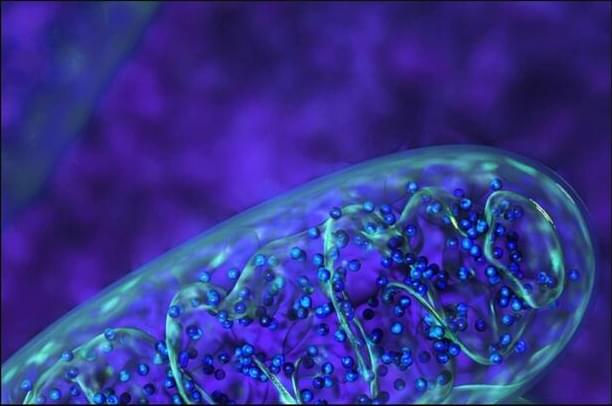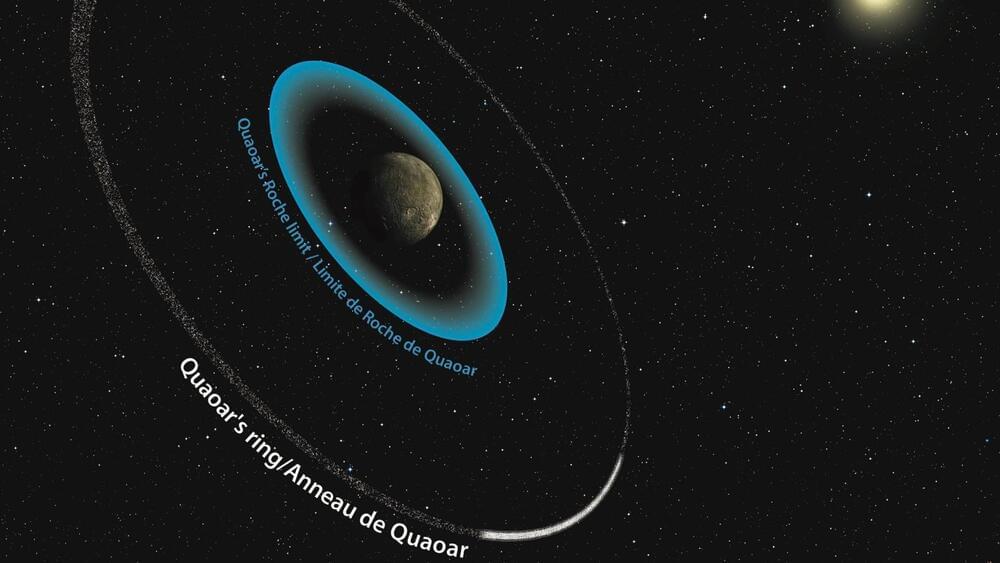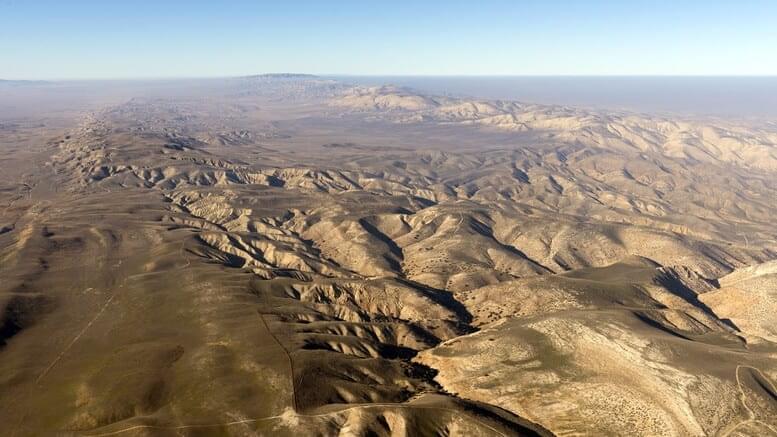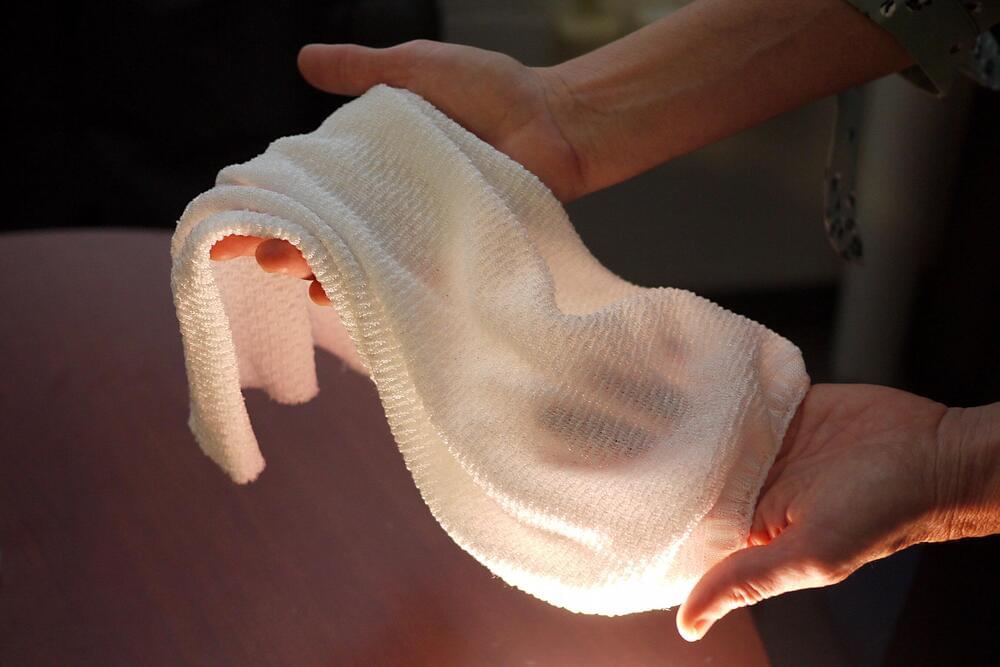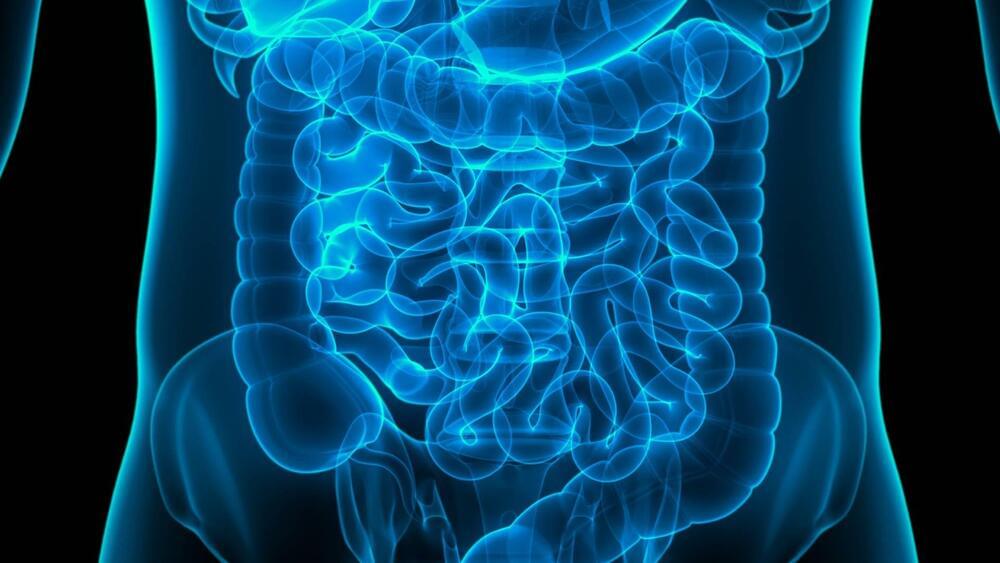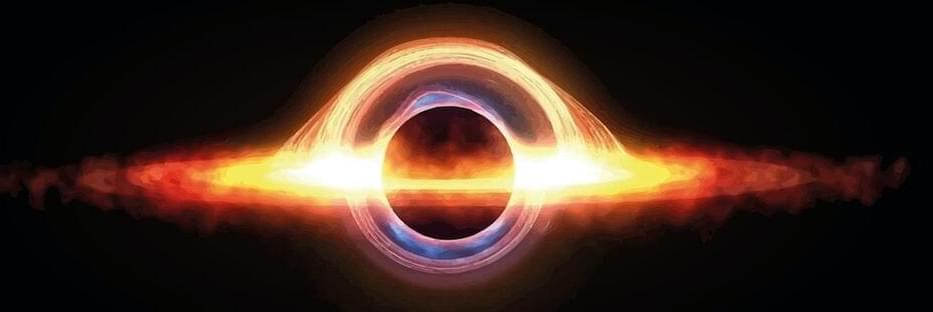Innovative treatment designed to treat mitochondrial disease shows promise in a few patients.
Category: innovation – Page 101
A UK firm has announced a world-first set of “super” magnets that can be used for testing nuclear fusion power plants.
Tokamak Energy said the Demo4 magnet has a magnetic field strength that is nearly a million times stronger than the Earth’s magnetic field, making it capable of confining and controlling the extremely hot plasma created during the fusion process.
Nuclear fusion has been hailed as the “holy grail” of clean energy, with scientists working on the technology since the 1950s.
The discovery is putting into question everything astronomers believed about ring systems.
Astronomers from the University of Sheffield discovered a new ring system around a dwarf planet on the edge of the Solar System, according to a press release. The discovery calls into question current theories about how ring systems are formed since the ring system orbits much further out than is typical for other ring systems.
Around a dwarf planet.
The ring system is located around a dwarf planet named Quaoar, which is approximately half the size of Pluto and orbits the Sun beyond Neptune.
Paris Observatory.
The astronomers spotted the ring system by using HiPERCAM — an extremely sensitive high-speed camera developed by scientists at the University of Sheffield, which is mounted on the world’s largest optical telescope, the 10.4-meter diameter Gran Telescopio Canarias (GTC) on La Palma.
Northwestern University researchers have made a significant breakthrough in the field of seismology, developing a new earthquake probability model that will help scientists better predict when the next big earthquake will occur on a fault. The model, which was recently published in the Bulletin of the Seismological Society of America, offers a more comprehensive and realistic approach than current models.
Seismologists have long assumed that big earthquakes on faults are relatively regular and that the next quake will occur after a similar amount of time as between the previous two. However, the earth doesn’t always follow this pattern, and earthquakes can sometimes come sooner or later than expected. This is where the new model comes in, as it considers the specific order and timing of previous earthquakes to forecast the next one.
The model also helps explain why earthquakes sometimes come in clusters – groups with relatively short times between them, separated by longer times without earthquakes. The research team, consisting of seismologists and statisticians, was led by Stein, a faculty associate of Northwestern’s Institute for Policy Research (IPR) and co-authored by Professor Bruce D. Spencer and recent Ph.D. graduates James S. Neely and Leah Salditch.
It’s only a matter of time before AI can achieve AGI, or “artificial general intelligence,” John Carmack said, which would be a massive breakthrough.
The power to turn invisible, which has long been a hallmark of science fiction and fantasy, would be a revolutionary technical breakthrough. Check out how scientists are making an invisibility cloak into reality.
Despite decades of innovation in fabrics with high-tech thermal properties that keep marathon runners cool or alpine hikers warm, there has never been a material that changes its insulating properties in response to the environment. Until now.
University of Maryland researchers have created a fabric that can automatically regulate the amount of heat that passes through it. When conditions are warm and moist, such as those near a sweating body, the fabric allows infrared radiation (heat) to pass through. When conditions become cooler and drier, the fabric reduces the heat that escapes. The development was reported in the February 8, 2019 issue of the journal Science.
The researchers created the fabric from specially engineered yarn coated with a conductive metal. Under hot, humid conditions, the strands of yarn compact and activate the coating, which changes the way the fabric interacts with infrared radiation. They refer to the action as “gating” of infrared radiation, which acts as a tunable blind to transmit or block heat.
Google is rushing to take part in the sudden fervor for conversational AI, driven by the pervasive success of rival OpenAI’s ChatGPT. Bard, the company’s new AI experiment, aims to “combine the breadth of the world’s knowledge with the power, intelligence, and creativity of our large language models.” Not short on ambition, Google!
The model, or service, or AI chatbot, however you wish to describe it, was announced in a blog post by CEO Sundar Pichai. He pointedly notes Google’s recentering around AI some years back, as well as the fact that the most influential concept (the Transformer) was created by the company’s researchers in 2017.
“It’s a really exciting time to be working on these technologies as we translate deep research and breakthroughs into products that truly help people,” Pichai writes. It’s hard not to wonder while reading this how Google managed to get leapfrogged so decisively by OpenAI, the latter of which is now synonymous with the technologies the former pioneered.
Magicmine/iStock.
After a few weeks, these transplants developed key features of the human immune system, introducing a model that could be used to effectively simulate the human intestinal system.
These astronomers have the next 50 years all planned out.
A 3D map of most of the luminous matter in the universe is the goal for the next 50 years or more.
